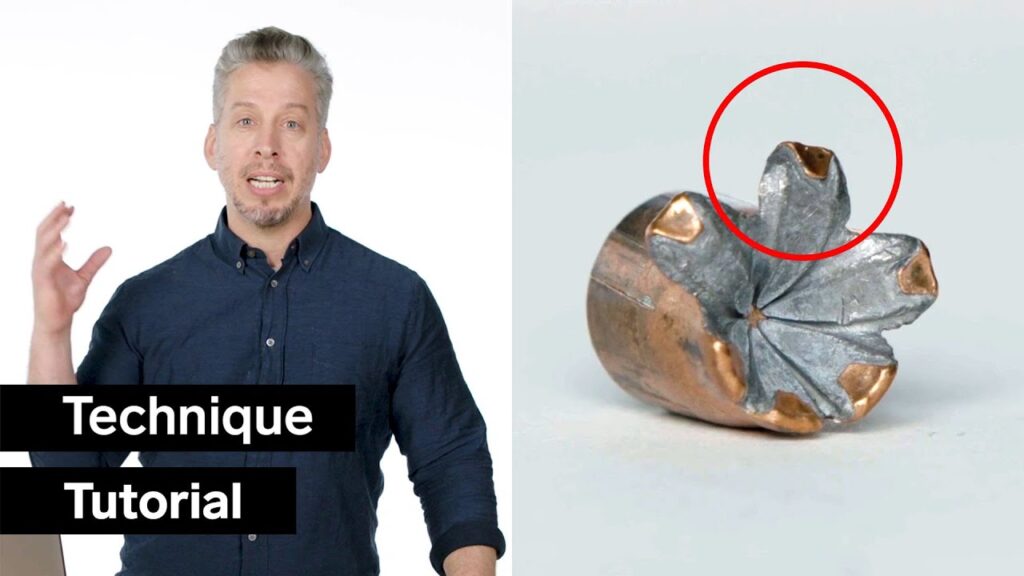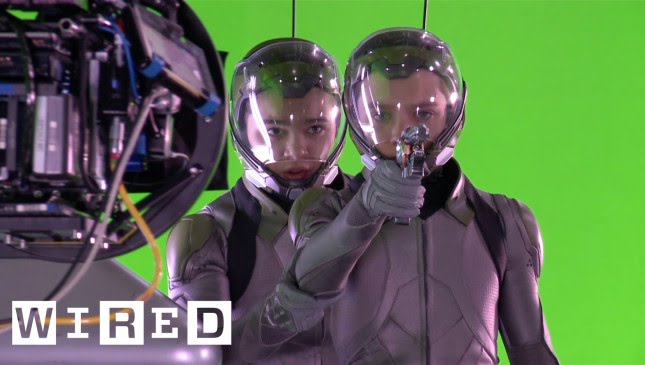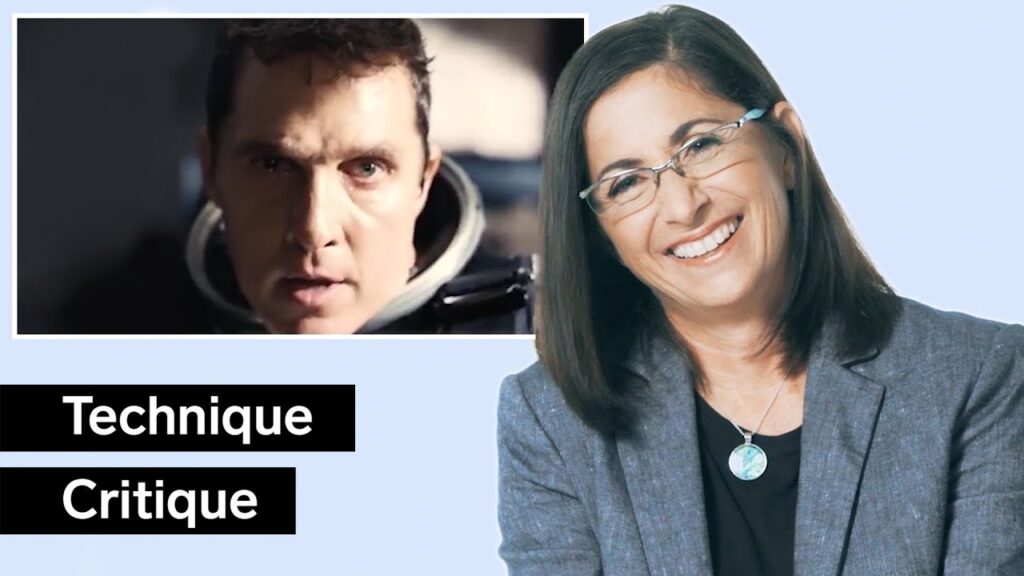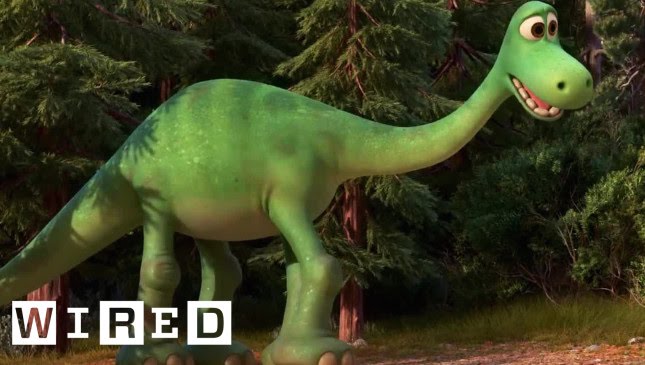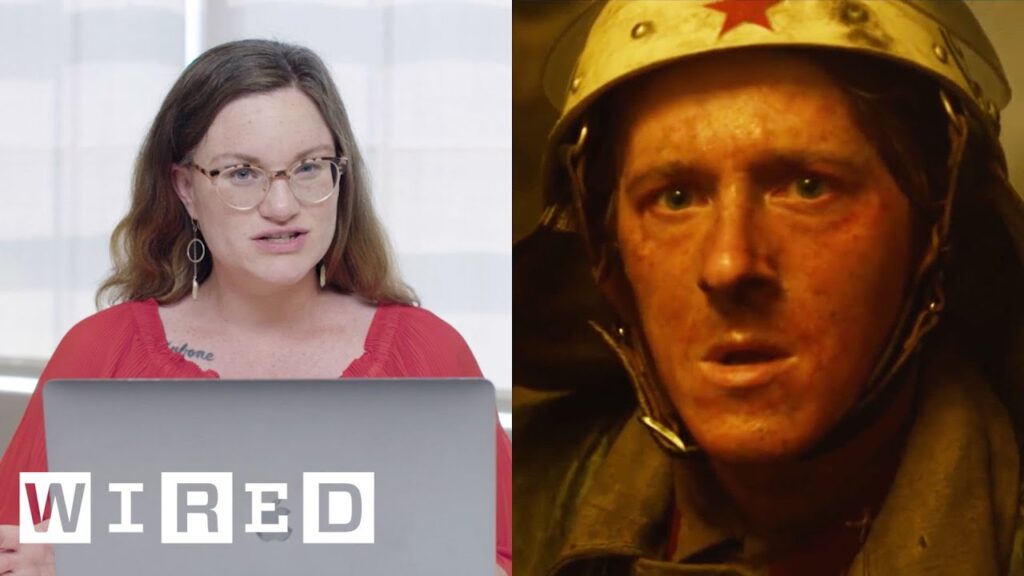The Making of Colossus: Unveiling Digital Domain’s Innovative VFX Techniques
Summary
In this article, we explore the innovative VFX techniques used by Digital Domain to create the metallic X-Men character, Colossus, in the movie Deadpool. We learn how a collaborative effort involving motion capture, performance capture, facial modelling, and animation resulted in a striking, solid-looking Colossus who seamlessly integrates into the action sequences of the film.
Table of Contents
- Motion Capture, Performance Capture, and Facial Modelling
- Direct Drive System for Maintaining High-Frequency Subtle Movement
- Live Texturing for Achieving Perfectly Straight Metal Ridges and Lines
- Collaborative Effort for Creating a Striking, Solid-Looking Colossus
Introduction
Deadpool revolutionized the superhero movie genre with its irreverent humor, fourth-wall breaking, and graphic violence. But what made this movie even more stunning was its visual effects, particularly the portrayal of its metallic X-Men character, Colossus. In this article, we delve into the behind-the-scenes action of how Digital Domain created Colossus as a collaborative effort through motion capture, performance capture, facial modelling, and animation techniques.
Q&A
1. How was Colossus’ motion captured?
To capture Colossus’ motion, Digital Domain conducted a motion capture studio session. However, this was not enough to fully capture the character’s size and movements. A separate 6’9″ performer in a classic grey tracking suit was also filmed on location. The performer had to wear platform shoes or an extra headpiece for height, as he was not tall enough to play Colossus.
2. Who modelled Colossus’ face?
Colossus’ face was modelled on a third performer who had a more chiselled jawline. However, the actual facial animation was delivered by Digital Domain’s Greg LaSalle, who was filmed using their proprietary MOVA rig. The rig uses ultraviolet light to capture special spattered paint and produce incredibly accurate facial models.
3. How did Digital Domain achieve high-frequency subtle movement in Colossus?
To achieve high-frequency subtle movement in Colossus, Digital Domain used their new Direct Drive system, which enables Greg’s performance to drive the CG face while still maintaining accuracy.
4. How did Digital Domain achieve perfectly straight metal ridges and lines in Colossus?
Colossus has metal ridges and lines that are intended to be even and perfectly straight, which is hard to maintain in an animated action sequence. Therefore, Digital Domain invented Live Texturing, which allowed them to adjust the metal work just right, no matter how he moved.
5. What was the result of this collaborative VFX effort?
The result of this collaborative VFX effort was a striking, solid-looking Colossus who seamlessly integrated into the action sequences of the movie. Through motion capture, performance capture, facial modelling, and animation techniques, Digital Domain was able to bring to life this metallic X-Men character in a way that was both realistic and visually spectacular.
Conclusion
Creating Colossus in Deadpool was a challenging and innovative endeavor that required extensive collaboration from multiple performers, motion capture studio sessions, facial modelling, and animation techniques. Digital Domain’s use of their proprietary MOVA rig, Direct Drive system, and Live Texturing technology resulted in a flawless portrayal of Colossus, which seamlessly integrated into the action sequences of the film. This underscores the importance of VFX as a collaborative effort to bring fictional characters to realistic life on the big screen.
